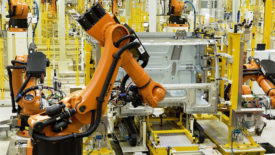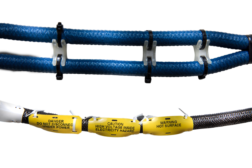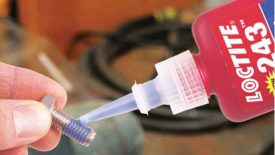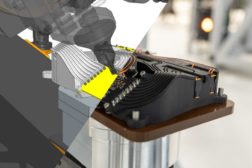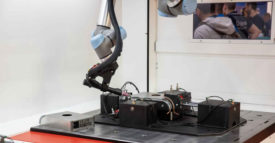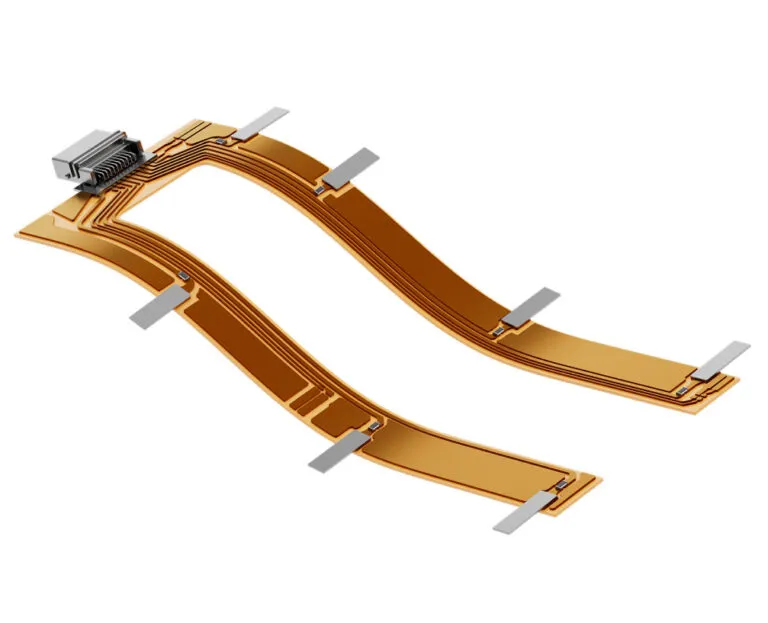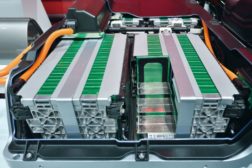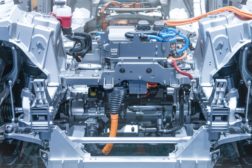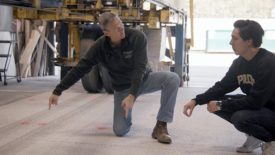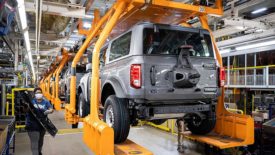Articles by Austin Weber
Assembly Plants of the Year: Looking Back, Moving Forward
Update Report: 2012 and 2018 Assembly Plant of the Year - Ford Motor Co.
March 27, 2024
Get our new eMagazine delivered to your inbox every month.
Stay in the know on the latest assembly trends.
SUBSCRIBE TODAY!Copyright ©2024. All Rights Reserved BNP Media.
Design, CMS, Hosting & Web Development :: ePublishing
